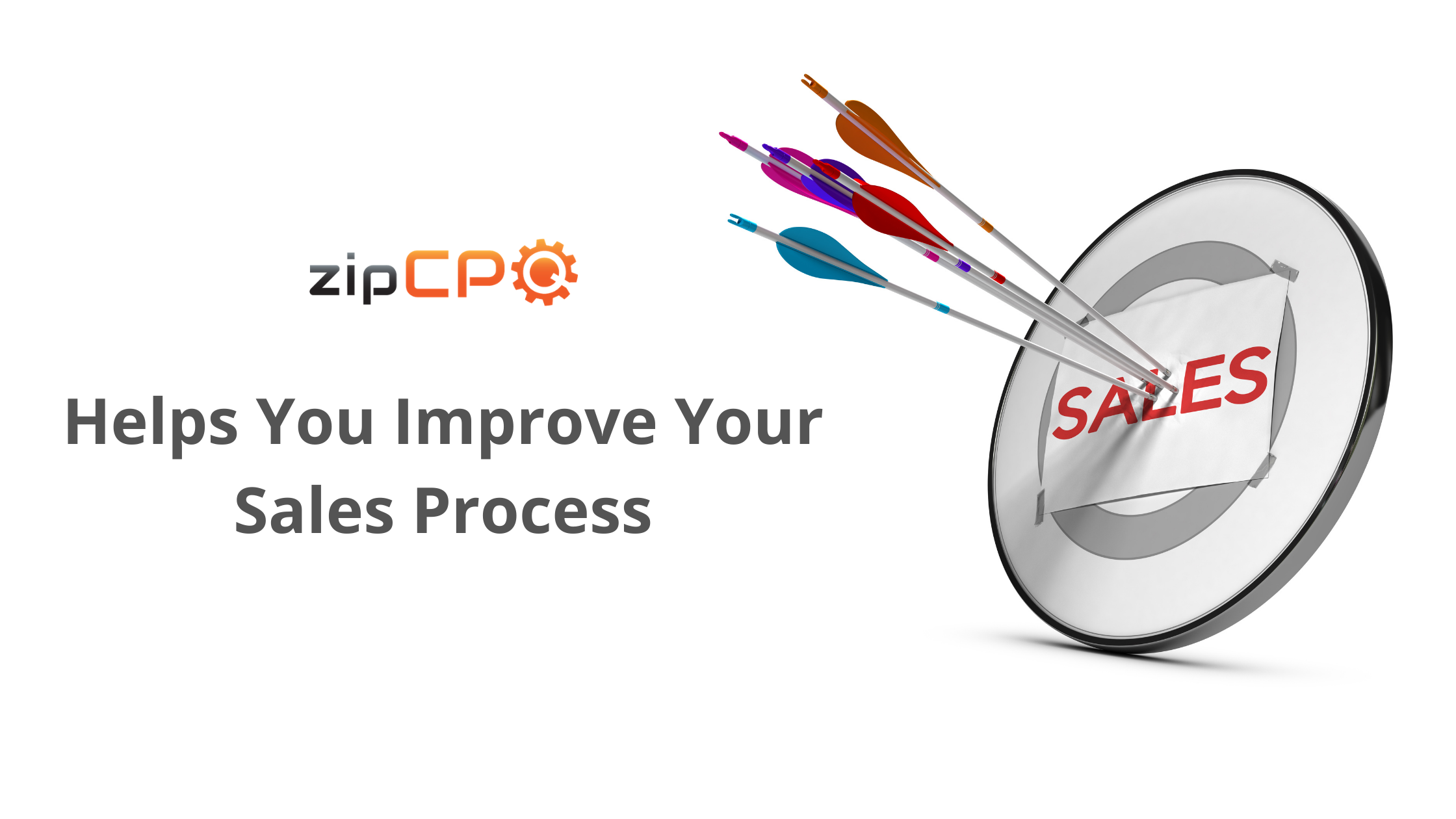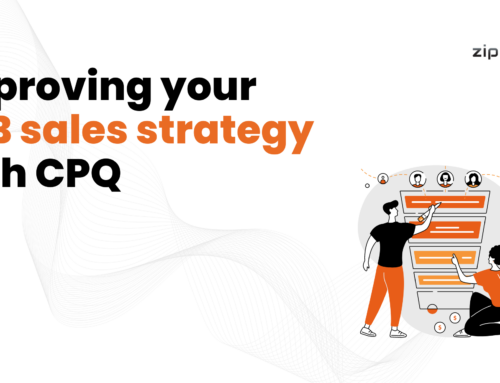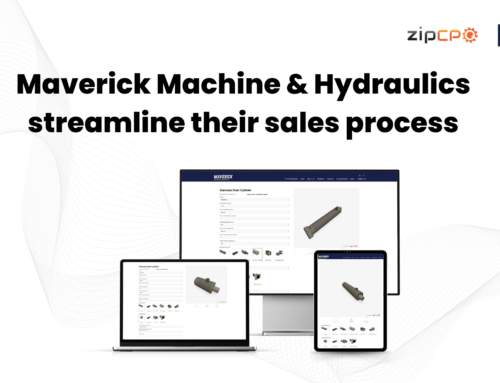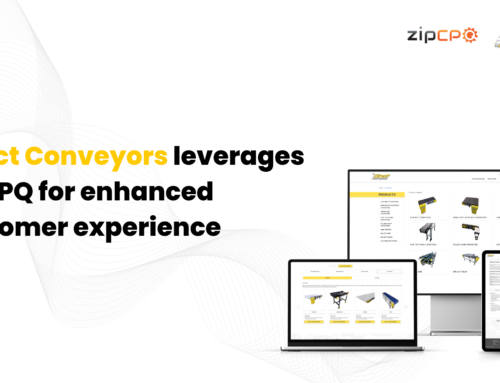Really, it does!
The sales process is a complex matter that can vary from industry to industry and from company to company. It is hard to create one solution that will be a perfect fit for everybody. However, some similarities can be found in most companies, and we can identify some comparable patterns and processes.
The study has shown that sales representatives spend less than 36% of their time selling and over two-thirds of their time on some other activities. If we divide this a little further, we could say that 14.8% of their time is spent on administrative tasks, 14% on external meetings, 11.6% on research, 11.1 on general follow-ups, 10.1 % on prospecting, 8.7% on internal meetings, 7% on travel, 6.3% on proposals and contracts, 5.6% downtime, 5.3% on planning, 4.5% on the pipeline, and 3.9% on training.
We will go through some typical steps in the sales process and then concentrate more on the final stage and save time there, especially if you are an industry manufacturer.
Prospecting
The first step in the sales cycle is always prospecting. This is the stage where you find potential customers. With thorough research, you will determine if they have needs for your products or services and whether they can afford those products and services. This part of the prospecting stage is known as qualifying. Your goal should be to bring as much as possible qualified leads to your company – meaning the ones that could actually buy what you are offering to them. Try to connect with more decision-makers within the company because there are 6.8 customer stakeholders on average involved in a purchase.
Preparation
In this stage, you will prepare for the initial contact with your potential customer. You have to research the market, competition and provide all necessary information about your product or service. You should create your sales presentation and customize it to your client. You want to make sure that you meet his needs entirely.
Approach
It is time for your first contact with a potential client. Of course, this could be a conversation over the phone or face-to-face. Make sure you adapt to your potential client. When preparing for the meeting, make sure you have a series of questions to ask your prospect. This will make you look more professional with your client and prevent you from forgetting to ask any relevant details during your conversation. Make sure you encourage the prospect to talk with your questions. That’s why you should ask open-ended questions, and not just simple yes or no ones. This is the stage of the sales process, where you listen more than you talk. Even though it’s hard, you probably shouldn’t start discussing your product yet. This step aims to thoroughly understand the prospect’s situation, challenges, and motives to make a change and purchase your product or service. This will help you tailor your pitch to this specific prospect and prepare for any question he might have for you once you show him what you are offering.
Presentation
You have finally come to the phase where you can demonstrate to the prospect how your product or service will help them and why they should choose you and not your competition. This is the time to communicate with your potential customer about what value you will bring to them and how exactly you meet their needs.
Handling Objections
It sounds like the least important step of all seven, but it isn’t. Actually, it is very important and crucial for your business and sales development. In this phase, your prospect could give you his concerns, and you could address them. Also, here comes the fun part – around 44% of salespeople give up on the prospect after one rejection, around 22% of them after two rejections, 14% after three, and only 12% after four. However, the majority of sales, around 80%, require at least five follow-ups. So, learning how to handle objections will help you become an excellent sales rep, and it is definitely worth your time. Also, make sure to invest just a little extra time in the lost prospect – the one that is a definite no. Ask them why they haven’t chosen you. Maybe they will respond and give you valuable feedback that you could use for improvement.
Closing
You have come to the phase where prospects have committed to buy your product or to stop the process. Yes, this step is important, but it will be successful only if the previous steps have been done correctly.
But, closing the deal sometimes is not as easy as it seems, especially if you are an industrial manufacturer. This is the stage when the real struggle could appear. We have said this in one of our previous articles, and we will say it again. Selling complex and configurable products can be hard, especially when the ordering process takes too long, with too many people involved and occasional communication errors. Sharing information via email, telephone, or in-person often results in interpretation errors that can cause additional costs and waste time, and create frustration for process stakeholders. Imagine you have a customizable product, and your customer needs to negotiate every single detail with you. This could take weeks and, in some cases, even months. This is the part where you can digitalize your know-how by using zipCPQ software. No matter how customizable your product is, you can always standardize it on some level and use our tool for the rest of the work.
WHAT IS zipCPQ?
CPQ (which stands for Configure, Price, Quote) is a powerful software that helps companies instantly produce accurate and highly configured quotes for their customers. This tool will help you accelerate the sales process and bring errors down to the minimum. If you have come to the point where your product offering has grown, you’re most likely to use CPQ software. Check out here for more details.
Follow-Up
A lot of people, especially those who have just started their careers in sales, think that once you close the deal, your job is done. That is not correct. You should spend some time on the follow-up phase, as well. Connecting with your current customers can benefit you for several reasons. First, if you nurture your relationship with them, they could end up buying something else from you again, and the cost of retaining a current customer is way lower than the cost of bringing new customers. Also, you could ask them for a referral and a positive testimonial.
You can always keep up with your customers by sending them updates about your new products, offers, industry news, reward program, etc. Doing this will remind your customers of you and help them choose to buy from you again.
These are only the basic seven steps of the sales process. You should modify them to suit your needs completely. Find what works best for your company, listen to your customers, ask for feedback, and tailor and improve your business with time. Don’t be afraid to change this up if you see it as necessary.
If you are interested in getting a zipCPQ solution, contact us, and we will prepare a demo for you.




